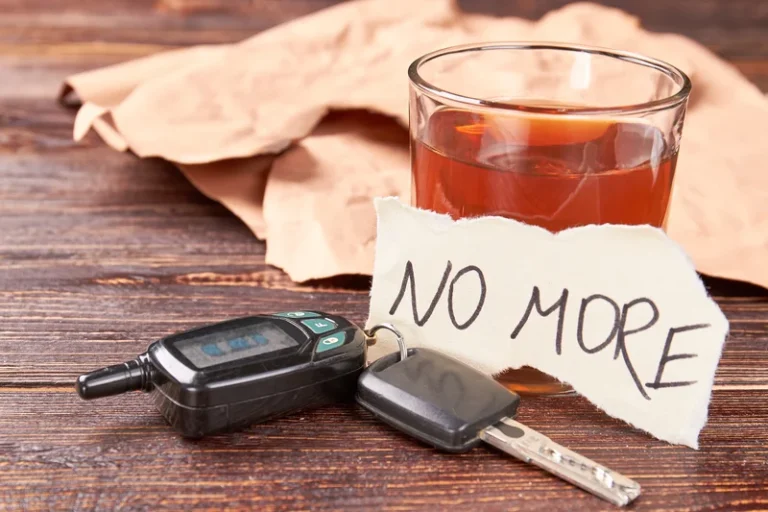
Return of SWS seems to take longer after withdrawal, probably because anxiety levels are high, the brain is overactive and it is hard to relax completely. If you take an intermediate-acting benzodiazepine, like alprazolam, or a long-acting benzodiazepine, like diazepam, it may take longer for withdrawal symptoms to appear. If you want to stop taking benzodiazepines after consistent long-term use, your doctor can help you gradually taper off your medication. Tapering can help take the edge off withdrawal symptoms like tremors and nausea, though it may not prevent withdrawal symptoms entirely. If you take benzodiazepines infrequently, such as once a week or once every few weeks to treat panic attacks, you can take them for a longer period of time.
- The patient should commence psychosocial treatment as described in these guidelines.
- Clinical trends indicate that the risk for protracted illness is especially high in persons who stop their benzodiazepine abruptly (cold turkey or over-rapid taper), and in those who are poly drugged on multiple centrally active pharmaceuticals.
- This disorder includes the risk of suicide and may require treatment with psychotherapy and/or antidepressant drugs.
- Rather, withdrawal management is an important first step before a patient commences psychosocial treatment.
- In general, excessive worrying over your undesirable habits (or your diet) can add to the stress of withdrawal.
Management
Although the above symptoms are often made worse by stress, they are clearly not simply due to anxiety. They suggest a dysfunction in motor and sensory pathways in the spinal cord and/or brain. A possible clue to their mechanism is provided by a trial with flumazenil (Anexate, Romazicon) a benzodiazepine receptor antagonist, published by Lader and Morton (Journal of Psychopharmacology 1992, 6, ). The symptoms were improved by percent and the greatest response occurred in patients with the lowest anxiety ratings. Antidepressants are the most important what is alcoholism adjuvant drugs to consider in withdrawal.

18 Withdrawal Treatment: Outcomes

In rare cases, alcohol withdrawal can be life-threatening and require emergency medical intervention. Hence, it is extremely important to assess patients for alcohol dependence and monitor alcohol dependent patients carefully. Codeine phosphate alleviates opioid withdrawal symptoms and reduces cravings. The dose of buprenorphine given must be reviewed on daily basis and adjusted based upon how well the symptoms are controlled and the presence of side effects. The greater the amount of opioid used by the patient, the larger the dose of buprenorphine required to control symptoms.
Table 4
- As for management of mild alcohol withdrawal, but patients in severe alcohol withdrawal also require diazepam sedation.
- These factors don’t guarantee you’ll have severe withdrawal symptoms, but they can increase your vulnerability.
- If depression is severe during benzodiazepine withdrawal as in any other situation, it seems foolhardy to leave it untreated.
- A possible clue to their mechanism is provided by a trial with flumazenil (Anexate, Romazicon) a benzodiazepine receptor antagonist, published by Lader and Morton (Journal of Psychopharmacology 1992, 6, ).
Along with these symptoms, the person may experience severe cravings for the drug benzodiazepine withdrawal or other drugs to sedate them. During the acute withdrawal phase, doctors may monitor the person and recommend other drugs to control problematic symptoms. Acute withdrawal begins after the initial withdrawal symptoms, generally within a few days. Symptoms generally last 5–28 days, though some may last for several months. These drugs are habit-forming and can easily result in physical dependence. This dependence may lead to a difficult withdrawal if the person chooses to stop taking the drugs.
However, when used for an extended period of time (e.g. several weeks), dependence can develop. Physical exercise may prolong withdrawal and make withdrawal symptoms worse. It is very common for people who complete withdrawal management to relapse to drug use. It is unrealistic to think that withdrawal management will lead to sustained abstinence. Rather, withdrawal management is an important first step before a patient commences psychosocial treatment.

Sometimes the depression becomes severe enough to qualify as a “major depressive disorder”, to use the psychiatric term. This disorder includes the risk of suicide and may require treatment with psychotherapy and/or antidepressant drugs. Just like the intensity or severity of symptoms, the duration of withdrawal can vary as well. For some, the withdrawal can take weeks or months—and for some it will last for years or never fully resolve. The largest factor that might predict the length of the harm is how the patient discontinued the drug (slow, controlled taper or over-rapid or cold-turkey withdrawal). Apart from tapering rate, there are no other known predictors for the severity of the withdrawal syndrome.
Do benzodiazepines cause structural brain damage?
They can range in severity, though for some people, they remain mild and manageable. There is some evidence that lithium carbonate may be an effective medication for cannabis withdrawal management. However, until further research has established the efficacy of the medication for this purpose, it is not recommended for use in closed settings.

During your taper, you may still experience some of the symptoms of withdrawal. Your doctor will help make an individualized tapering schedule based on your current dose and particular circumstances. If you or a loved one are struggling with prescription drug dependence, getting help early can make all the difference.
- The patient should be observed during sedation and no more diazepam given if signs of respiratory depression are observed.
- Even if the patient’s equivalent diazepam dose exceeds 40mg, do not give greater than 40mg diazepam daily during this stabilisation phase.
- A few people have difficulty in swallowing food – the throat seems to tighten up especially if eating in company.
- No one should attempt to get off benzo drugs without the supervision of a healthcare professional.
- Withdrawal from normal dosage benzodiazepine treatment can result in a number of symptomatic patterns.
Several types of benzodiazepines are sold under popular brand names like Valium (diazepam), Xanax (alprazolam), and Klonopin (clonazepam). While stimulant withdrawal is typically not life-threatening, it can be psychologically distressing. For example, some people may experience depression and suicidal thoughts. If someone is experiencing these symptoms during or after Benzodiazepine discontinuation, seeking medical guidance is essential for proper management. BWS encompasses diverse physical and psychological symptoms, including anxiety, insomnia, tremors, and mood swings.

